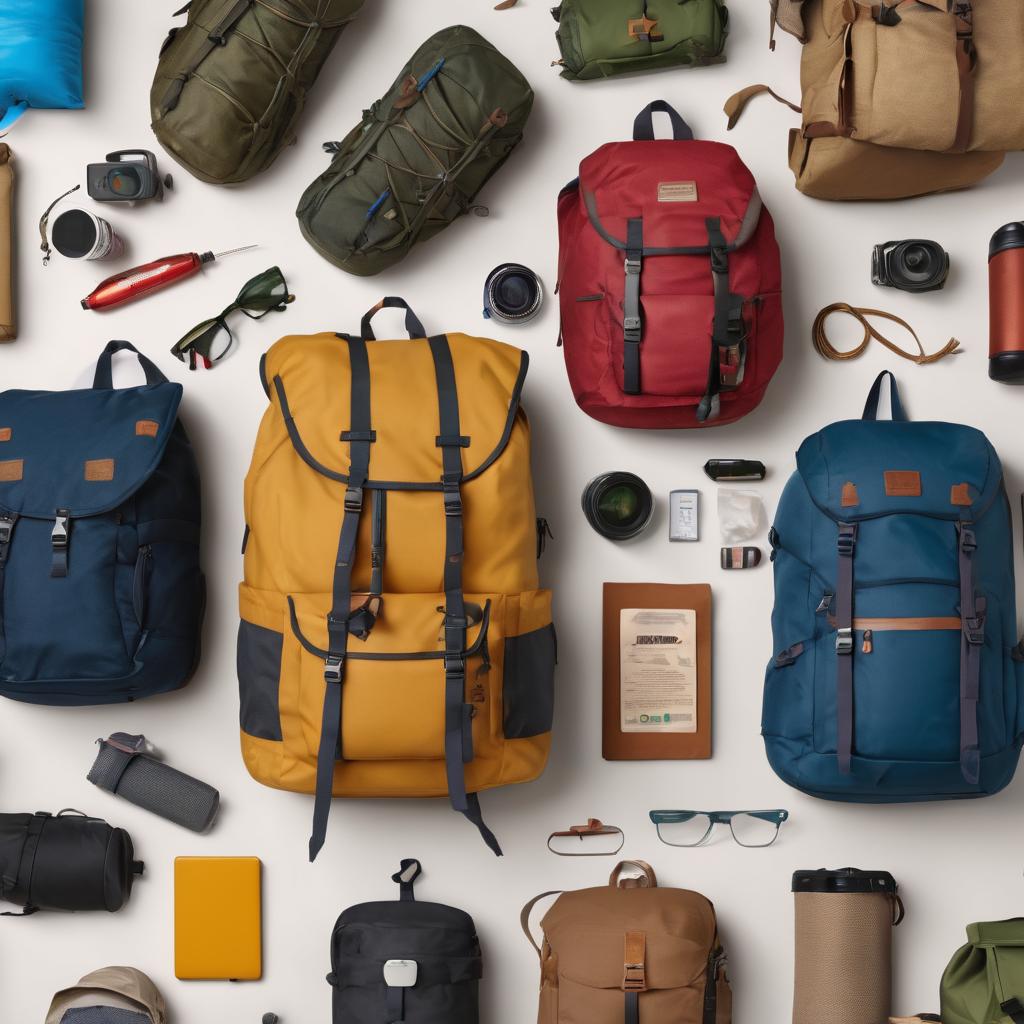COLLECTIONS
-
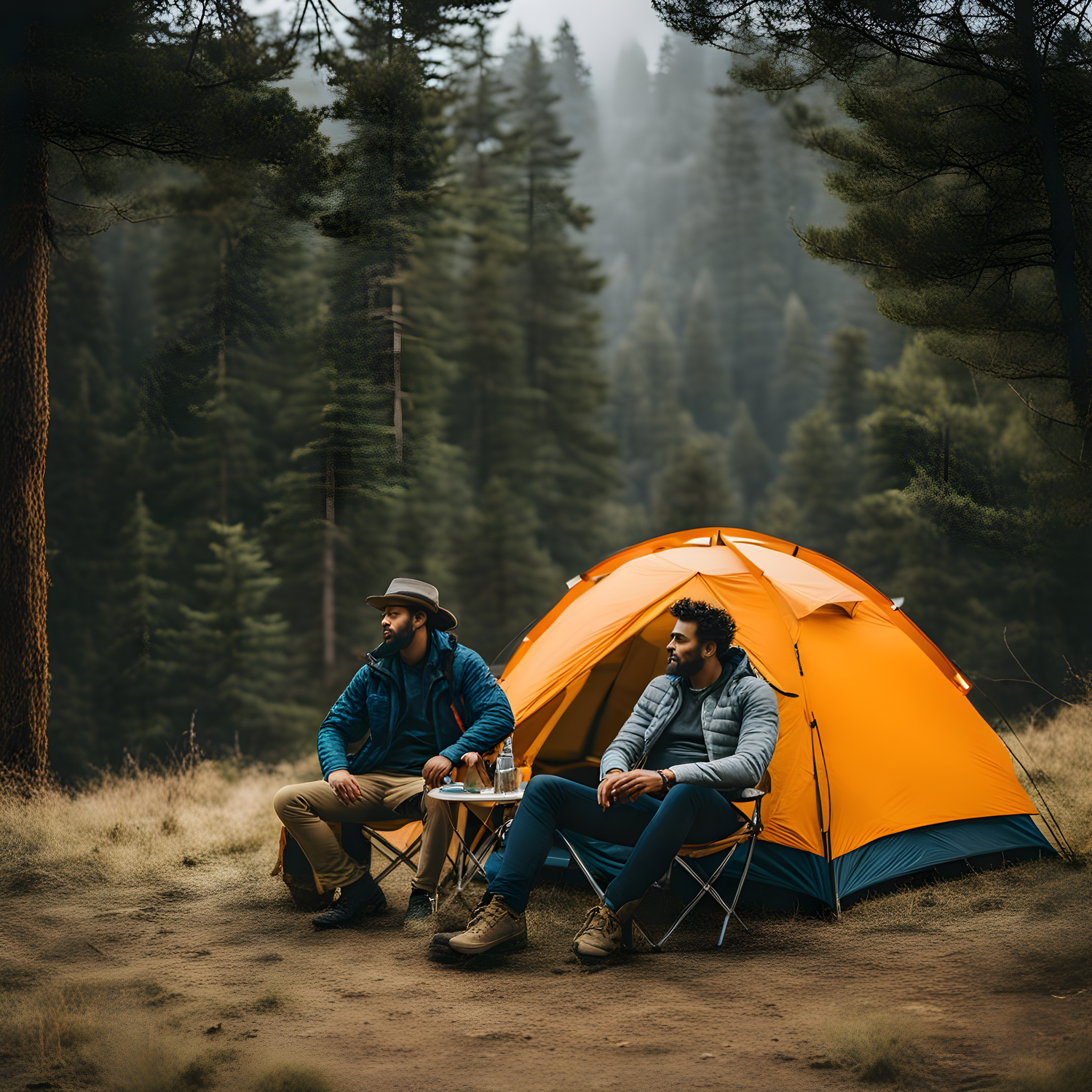
Camping Chair
Welcome to Outgeeker: Experience Ultimate Comfort with Our Outdoor Chairs At Outgeeker,...
-
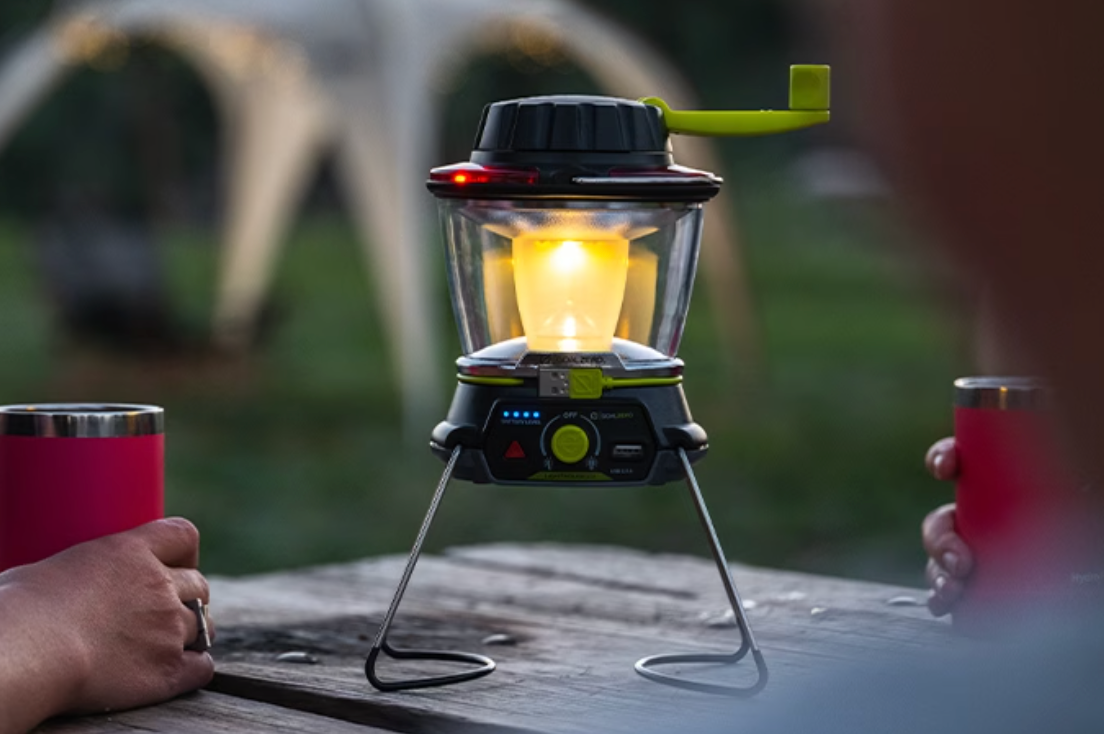
Camping Lantern & Light
The Ultimate Guide to Illuminating Your Adventures Darkness falls fast in the...
-
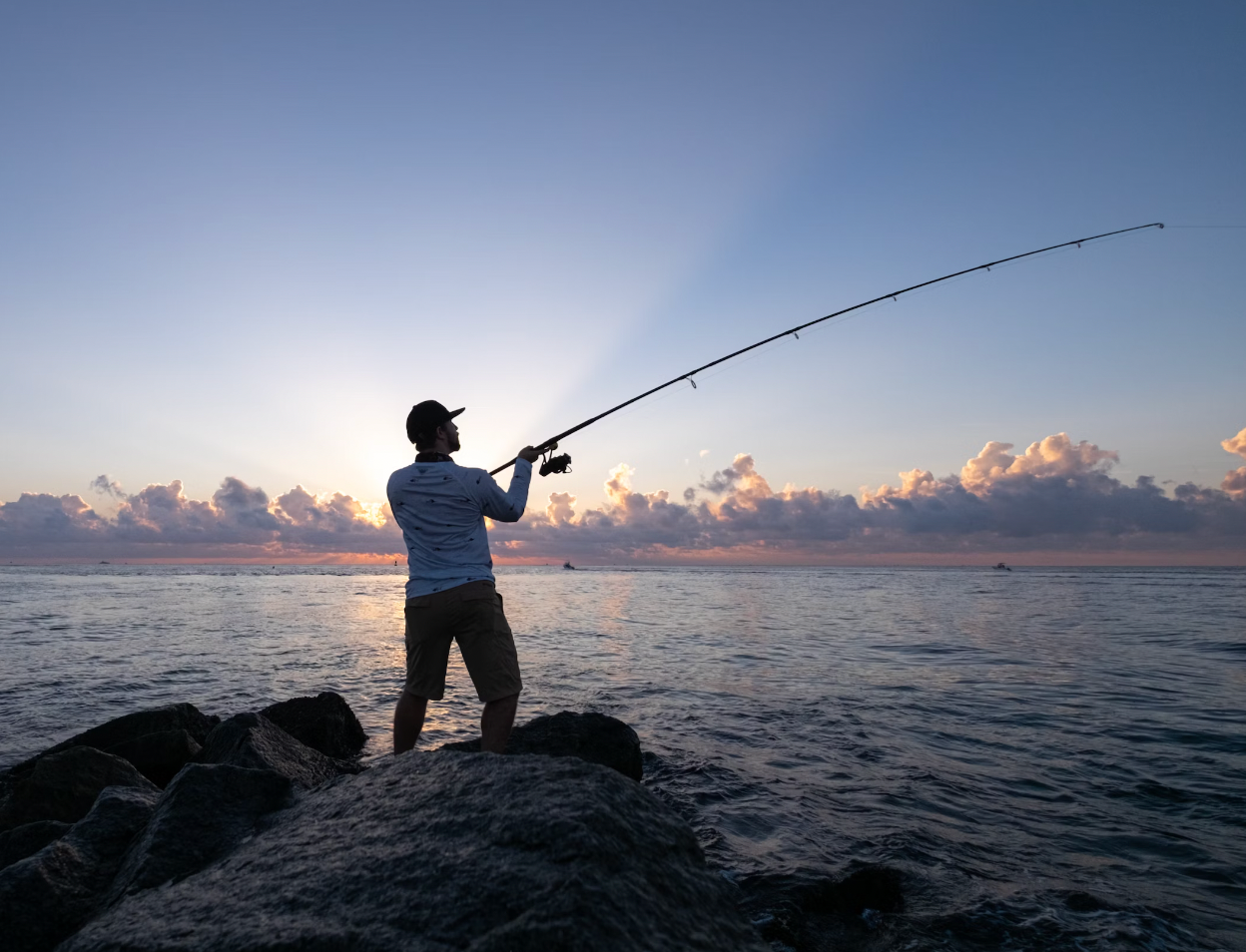
Casting Rods
Having the right fishing pole rod gear can make all the difference...
-
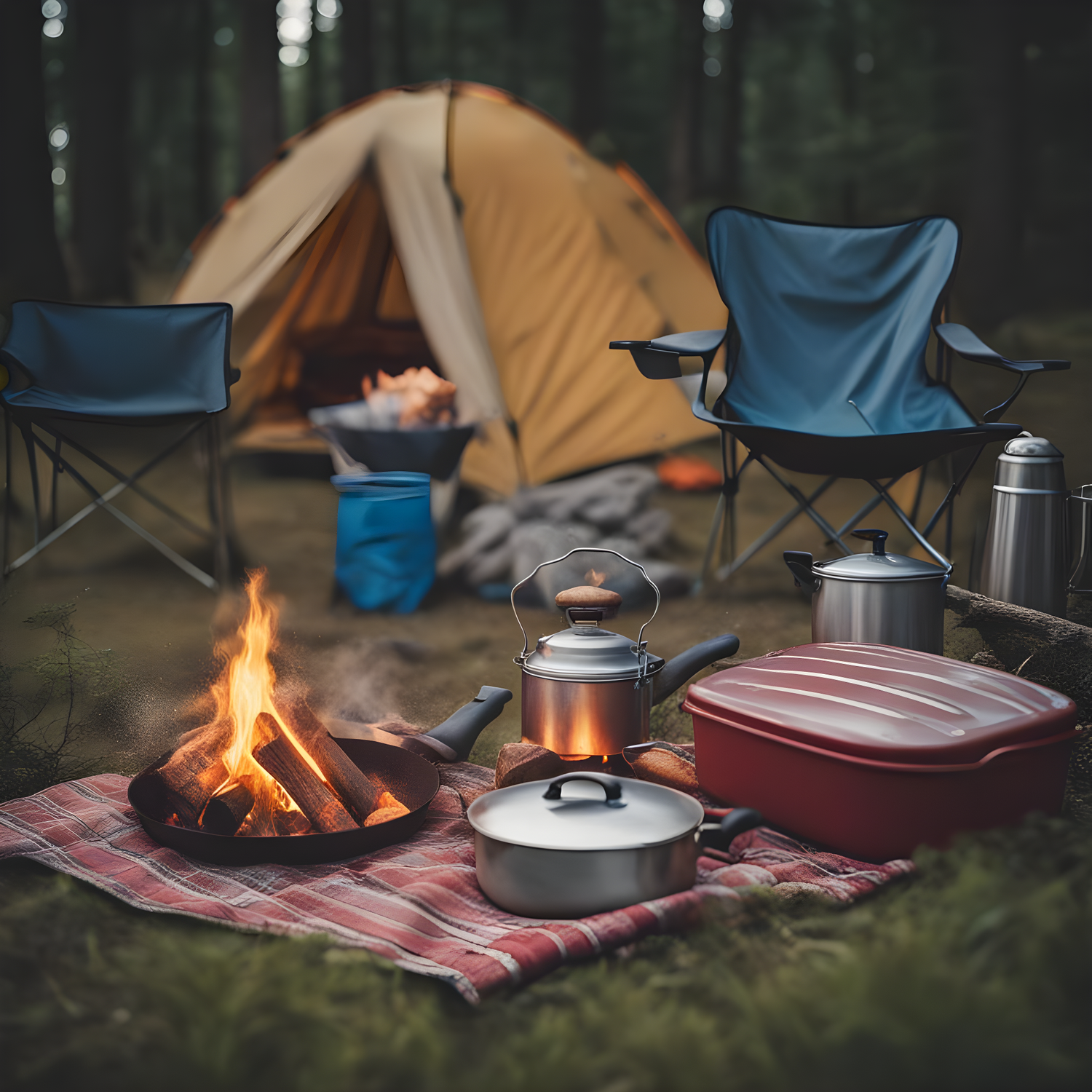
Essentials
Your Go-To Checklist for a Perfect Outdoor Adventure Planning your next camping adventure?...
-
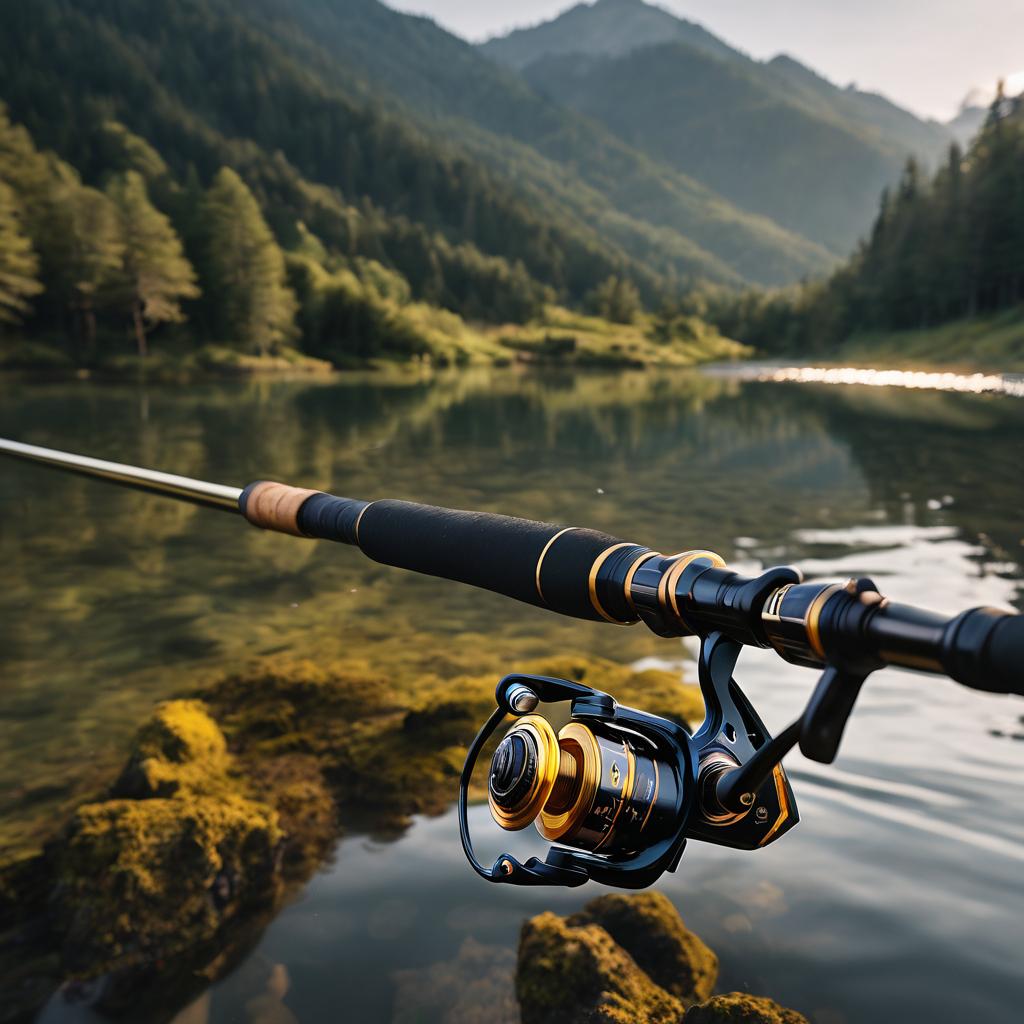
Fishing Rod
Welcome to Outgeeker: Your Premier Destination for Fishing Gear At Outgeeker, we...
-
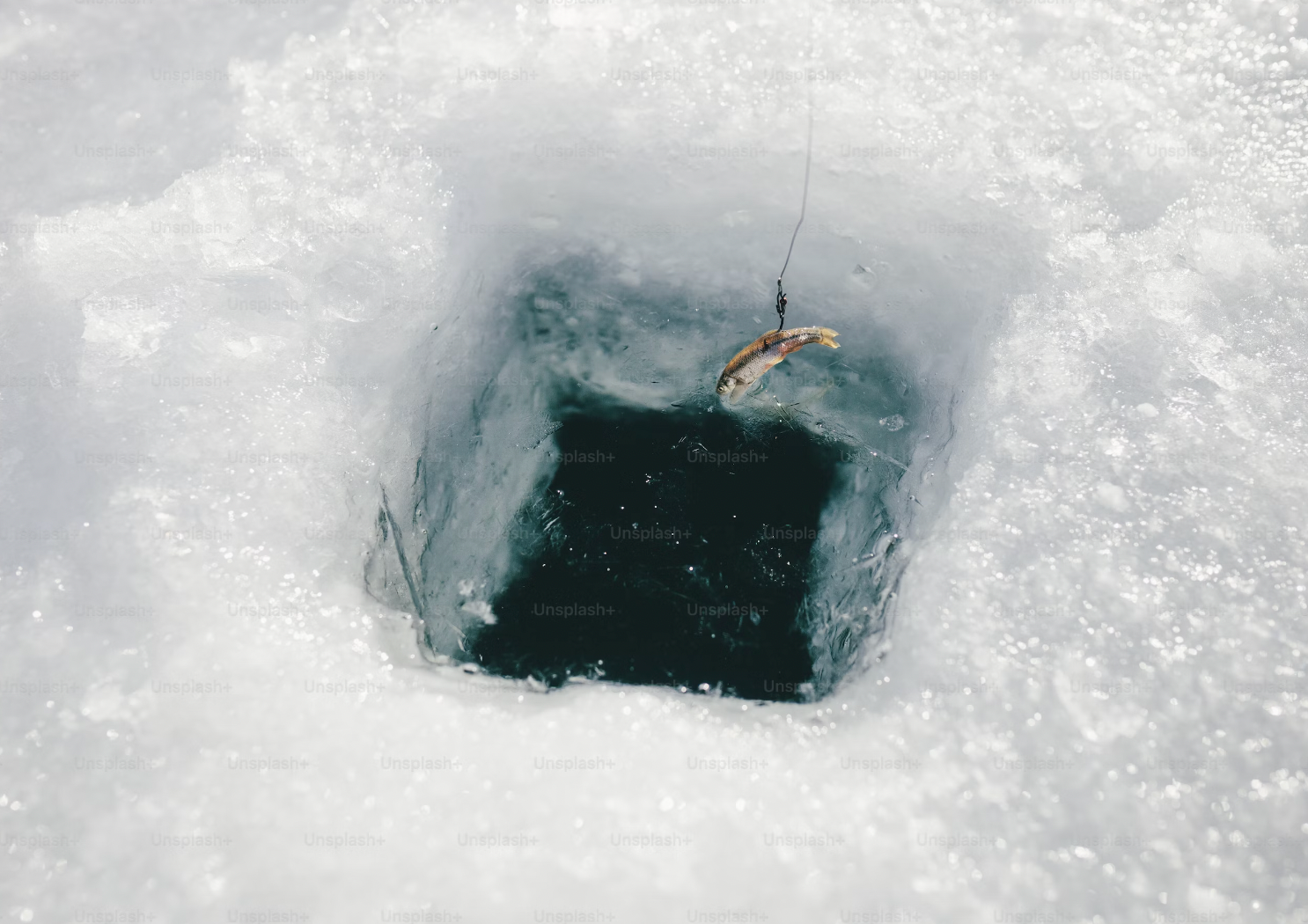
Ice Fishing Rod
Choosing the right ice fishing rod for the frozen waters is crucial...
-
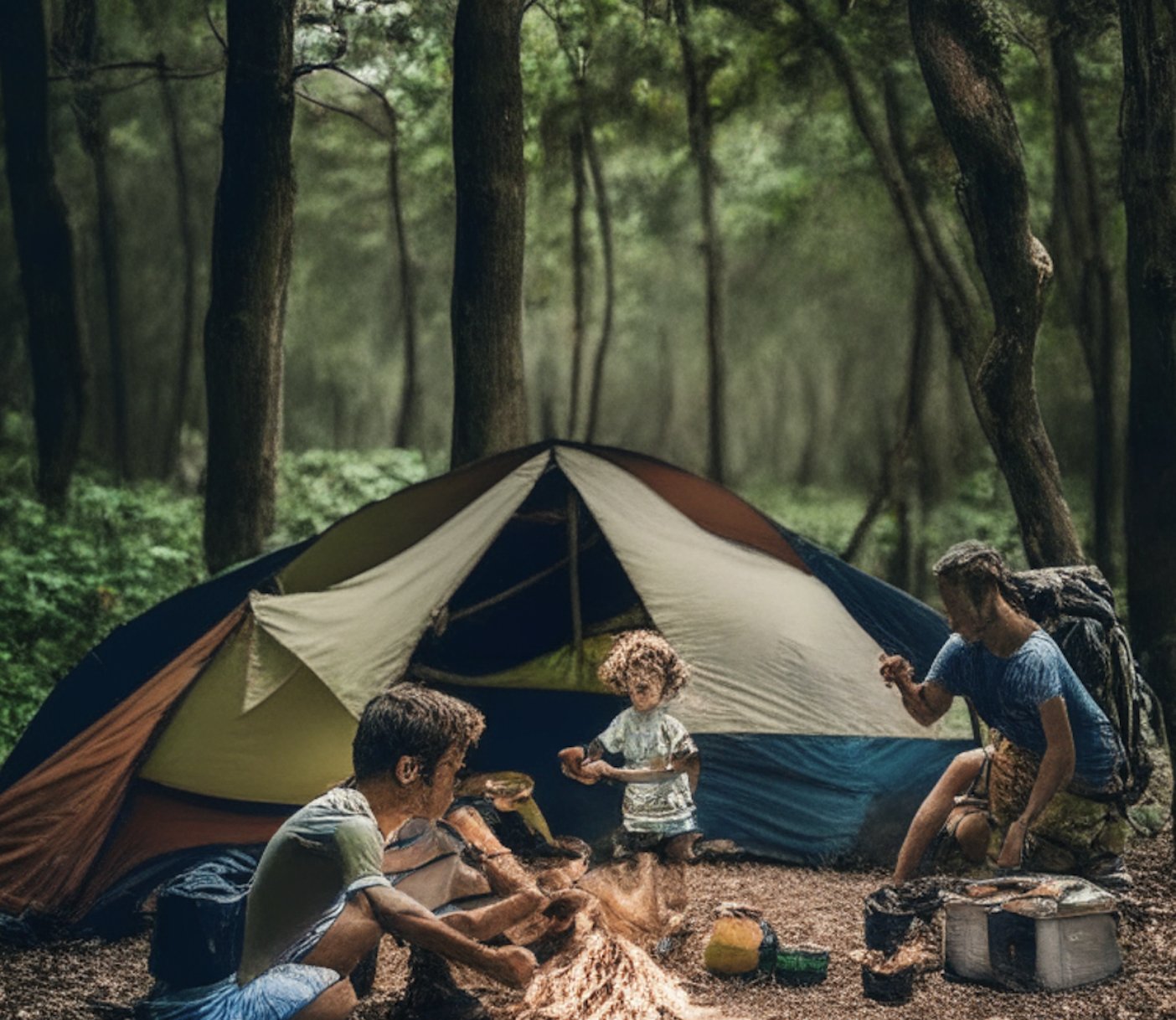
New Arrivals
Calling all explorers! ️️ Outgeeker's new arrivals have landed, packed with cutting-edge...
-
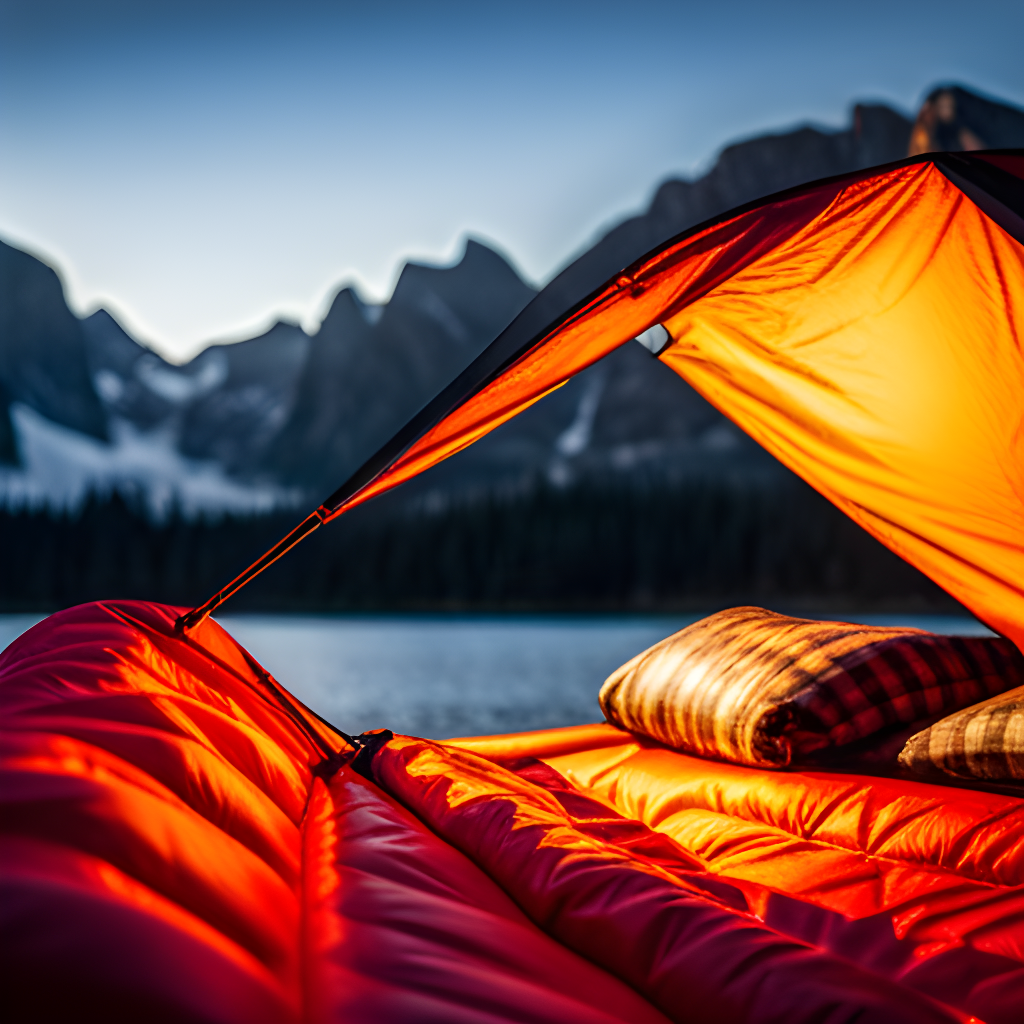
Sleeping Bag/Pad
Welcome to Outgeeker: Your Ultimate Guide to Camping and Hiking Sleep Gear...
-
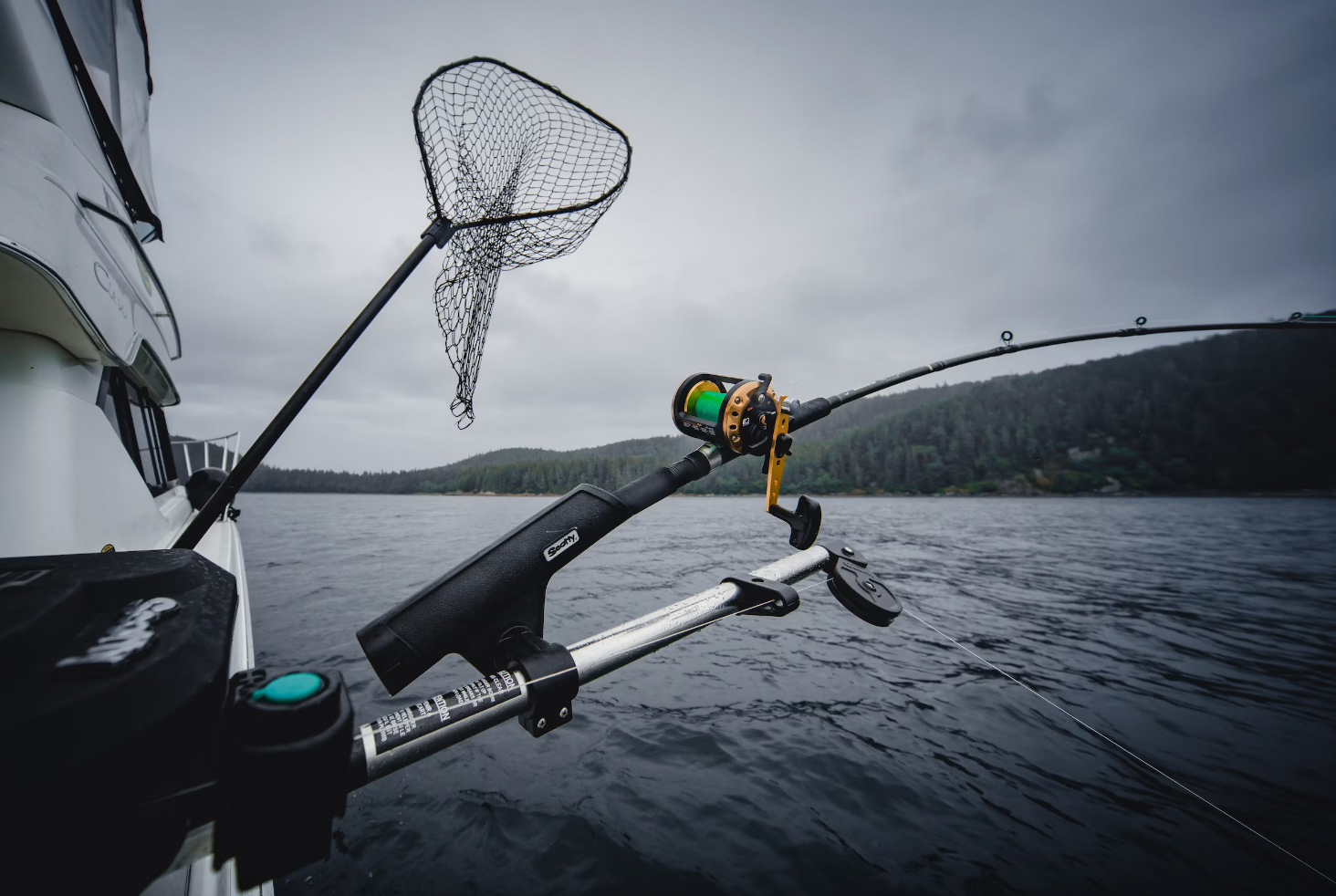
Spinning Rods
A well-chosen spinning rod can significantly impact your fishing experience, providing versatility...
-
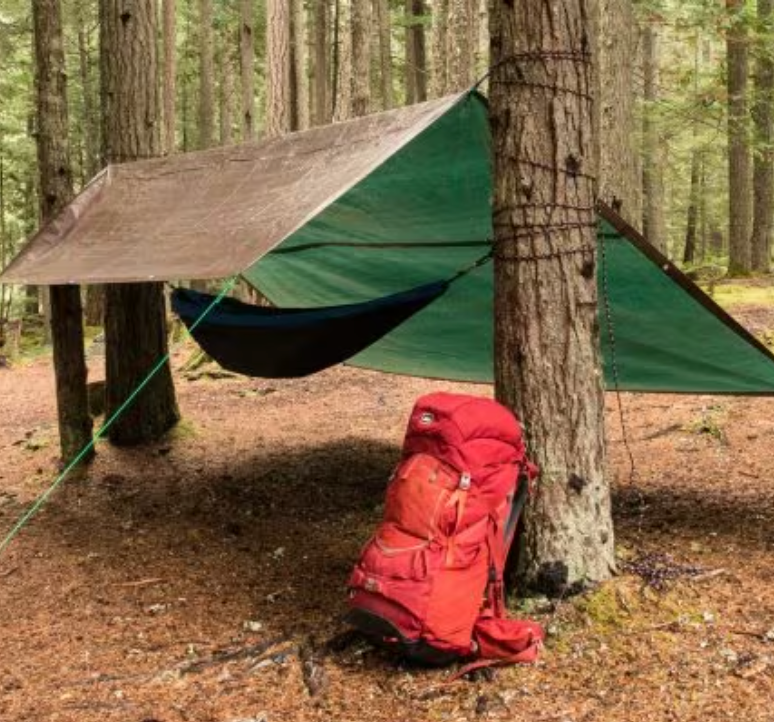
Welcome to Outgeeker: The Ultimate Shelter Solutions for Outdoor Enthusiasts
At Outgeeker, we specialize in providing top-quality shelter solutions for campers, hikers,...
-
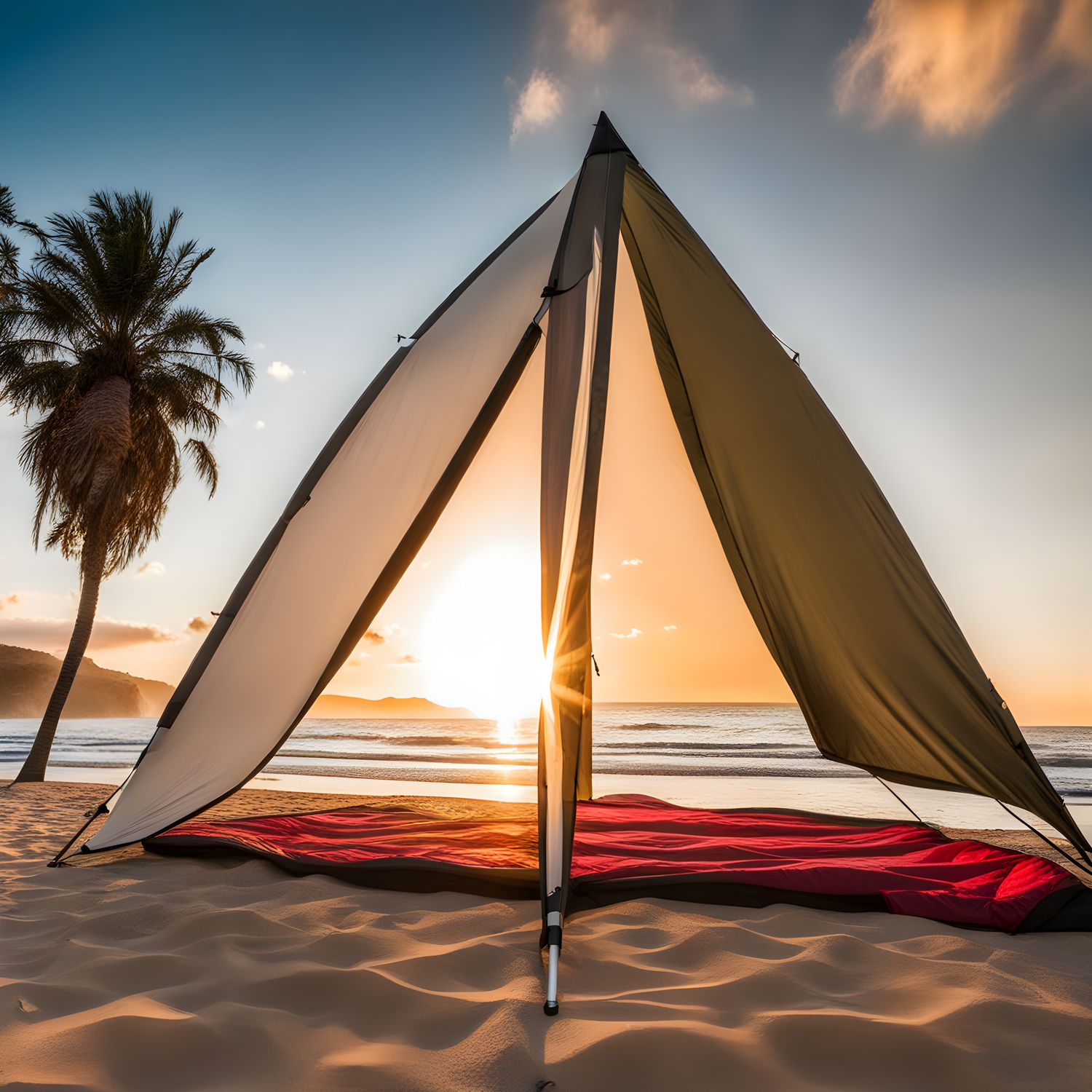
Welcome to Outgeeker: Your Destination for Beach Camping Tents
Outgeeker is the ultimate source for high-quality beach camping tents. Whether you're...
-
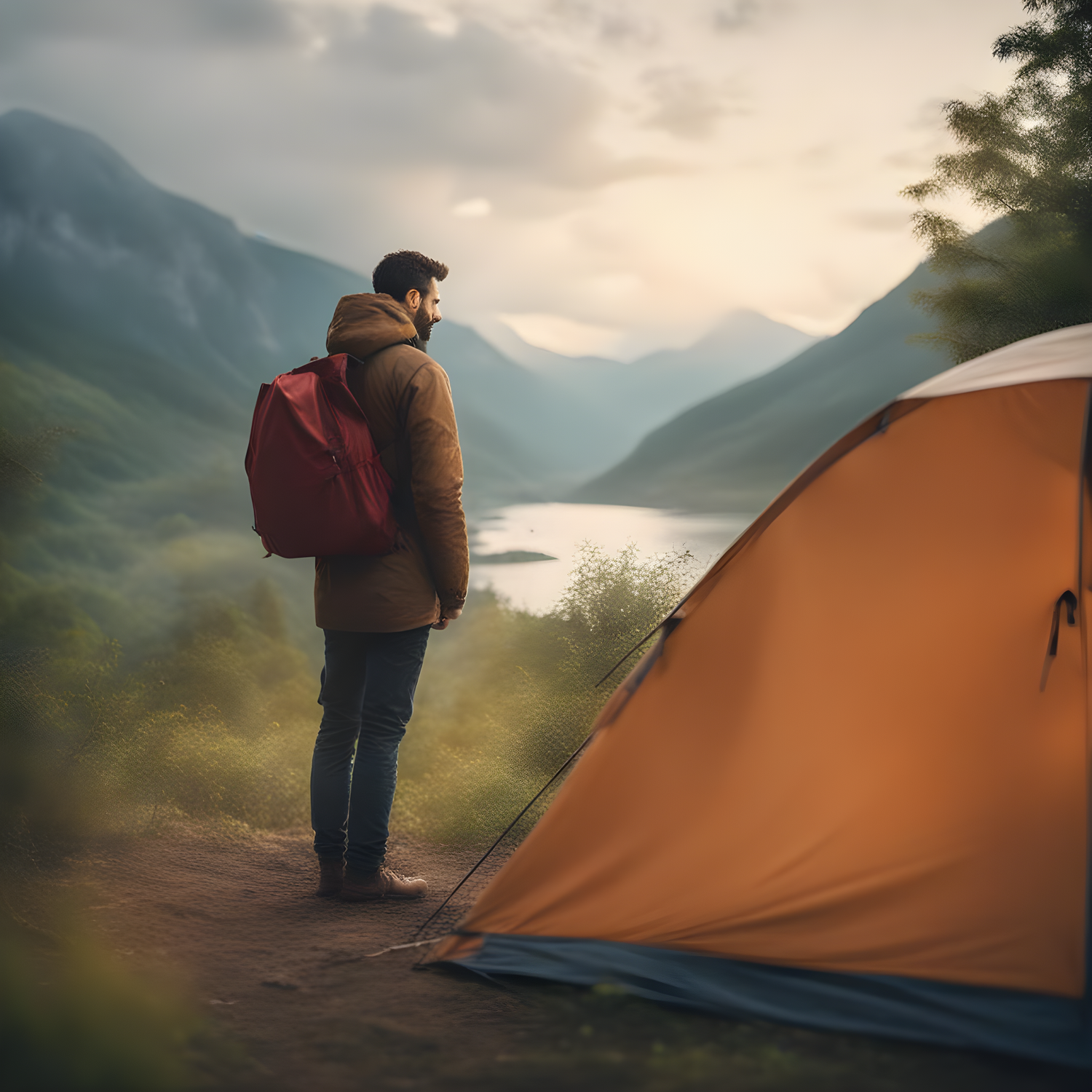
Welcome to Outgeeker: Your Go-To Tent Camping Shop
At Outgeeker, we understand the essence of a great camping experience starts...

